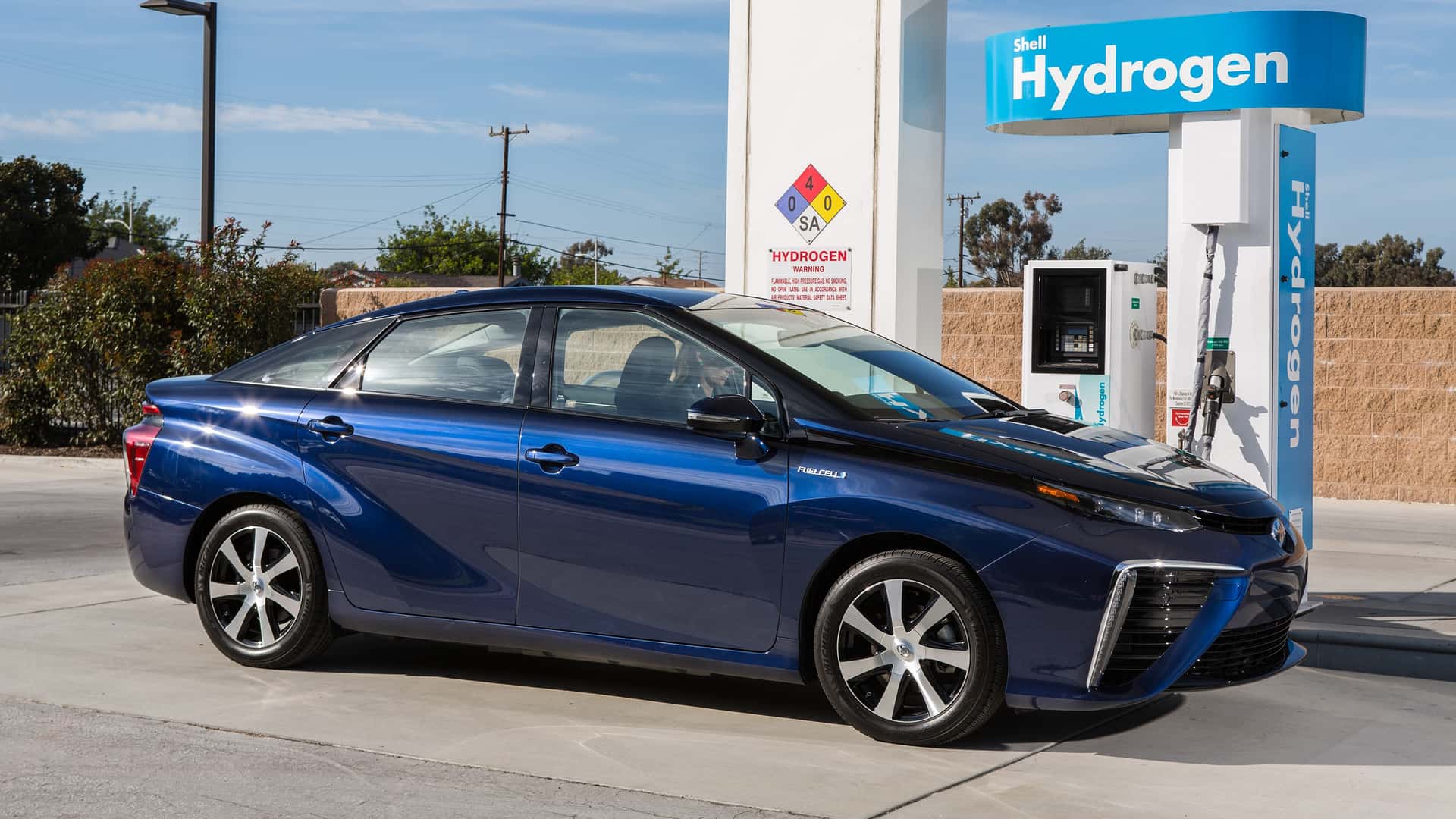Shell Is Immediately Closing All Of Its California Hydrogen Stations | The oil giant is one of the big players in hydrogen globally, but even it can’t make its operations work here.::The oil giant is one of the big players in hydrogen globally, but even it can’t make its operations work here. All seven of its California stations will close immediately.



It’s actually a lot more work than “add more electricity”. It’s a load demand issue in areas, and if there’s a bunch of high load electric cars trying to charge that needs all the extra equipment and transformers and larger gauge wiring and stuff to go with it.
Like, look at your house. You may just have a 100 amp breaker box on it. Now you couldn’t handle a high-speed charger pulling 40 amps for your car, 30 for the hvac, 20 for lights/tv/computers etc, and then trying to get another 15 or so from and oven or vacuum cleaner. You’ll need a bigger amp breaker box, only you can’t just install that because the line running to your house also isn’t big enough, so you have to have the electric company come out and install a bigger line. But if too many houses in the area need all that, then the main run of lines and equipment going to that neighborhood will also have to be built up.
Toyota doesn’t like all electrics because they don’t want to add a $15,000 battery to a vehicle and make it weigh 1,000 pounds more for a vehicle that will no longer be in working condition 15 to 20 years later. They’ll fully change their tone once battery tech gets better than lithium based stuff made today. Until then hybrids are great. Cheaper lighter batteries with no range issues and easy to replace the batts when needed.
I’m not sure if you know this, but there are smart chargers that include a sensor to put on the feed going into your house. The charger can throttle up and down as you turn stuff on and off to keep the house’s total power draw under the limit, so you run all your stuff and the car just gets whatever’s left over. You can even have dozens of chargers in a parking garage and program the chargers to share a limited grid connection.
EVs aren’t a fixed load, you can ramp them up or down or shut them off as needed, so they’re pretty easy to accommodate.
I give simple examples of power load issues and some of y’all take it like a literal argument against just some examples and then the problem goes away. Good grief. Essentially your “easy to accomadate” is just everyone use less power and charge your cars longer".
The argument against your example scales, though. You can do demand management with EV chargers, either at the household level or grid scale. Unless your power supply is running so close to the edge it can’t cope with existing normal usage, adding EV charging in the midnight to 6am period when power consumption is otherwise really low works just fine. And nobody cares if their car took 6 hours to charge instead of 5, because they sleep through it.
It doesn’t though. If you convert all ICE cars to BEV tomorrow it doesn’t matter how much you do demand management the grid will be overwhelmed… OR you demand managed so hard that effectively nobody can charge their car regardless of how long they leave it on the charger.
We’ve got enough excess supply coming online as people install solar that we’re seeing the wholesale electricity price occasionally flip negative. We might not have enough power to satisfy 2035’s demand today, but we can accommodate a lot more EVs than we’ve got on the road.
You know much about Tokyo? How many people there do you think live in houses with a garage compared to apartments? Your idea only works for the portion of people with a house and at least a driveway.
What does that have to do with grid demand?
You can’t use slow chargers between midnight and 6 am if you can’t charge the vehicle at your house.
If you live in an apartment and own a car, you’re parking it somewhere. Put the chargers there.
This is really not a blocker - you don’t need that high a charger, you don’t need to run it full time, nor are you running everything else full time.
People forget about time of use metering and that this is a gradual phase in over a decade or more. A little bit of certainty in expectations should make this much easier to plan for.
My charger has a configurable limit, and can be programmed to be active at specific times. I don’t have incentive to do that because I have flat rate metering and sufficient electrical service but I could configure it to be much more friendly to limited service.